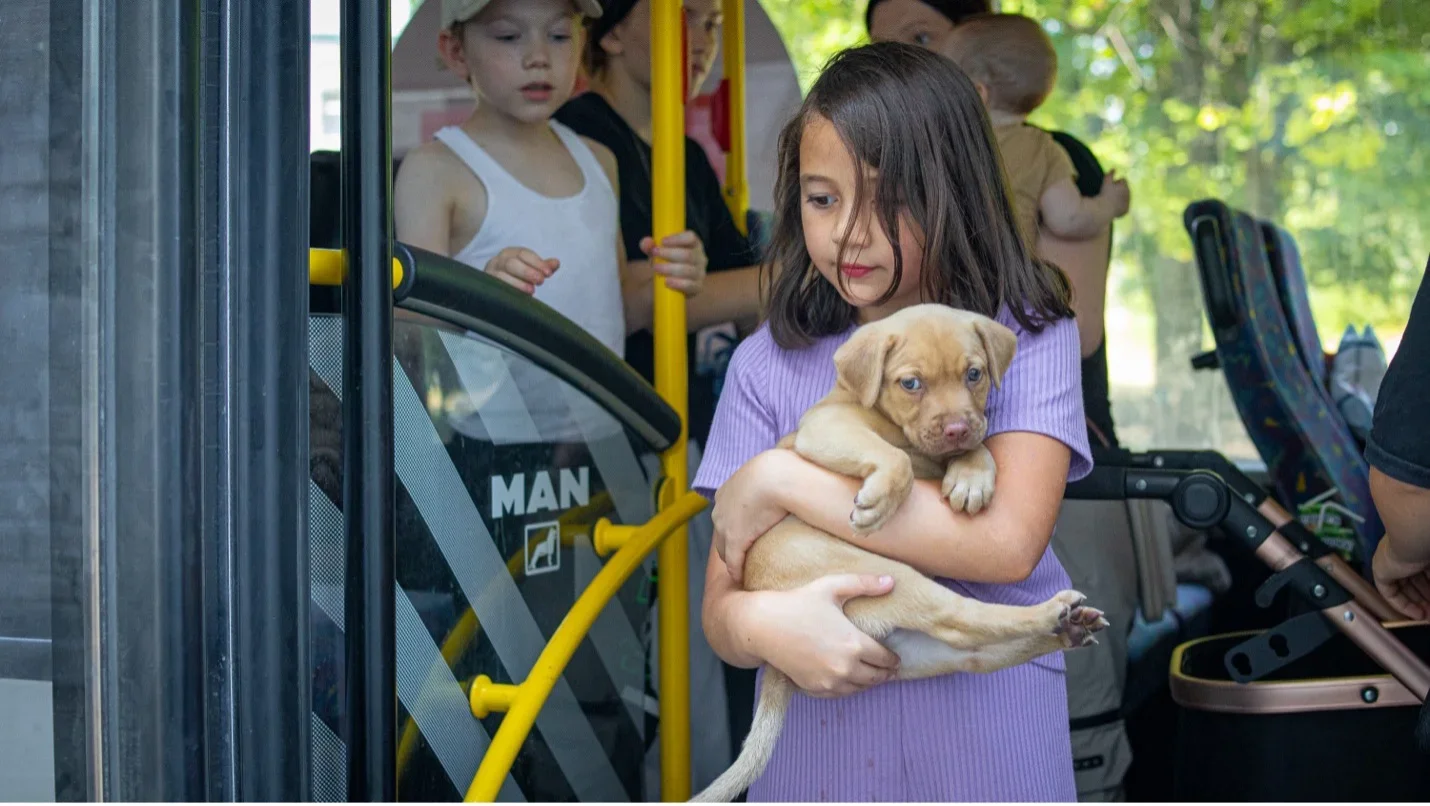Since August 20, continuous shelling in Pokrovsk and nearby towns—including Hrodivka, Novohrodivka, Selidove, and Myrnohrad—has forced the evacuation of hundreds of families with children.
At present, more than 42,000 people remain in the Pokrovsk community, including 2,279 children, but the rate of evacuations has surged, with around 2,000 people fleeing the area daily, compared to just 600 per month previously.
“People often do not leave until the last minute, waiting for some kind of desperation to set in and hoping that they will be picked up anyway,” says Taras Kravets, coordinator of the Charity Foundation Angels of Salvation. “The situation is rapidly deteriorating.”
CARE estimates that 50,000 newly displaced people will require assistance in the near-term.




